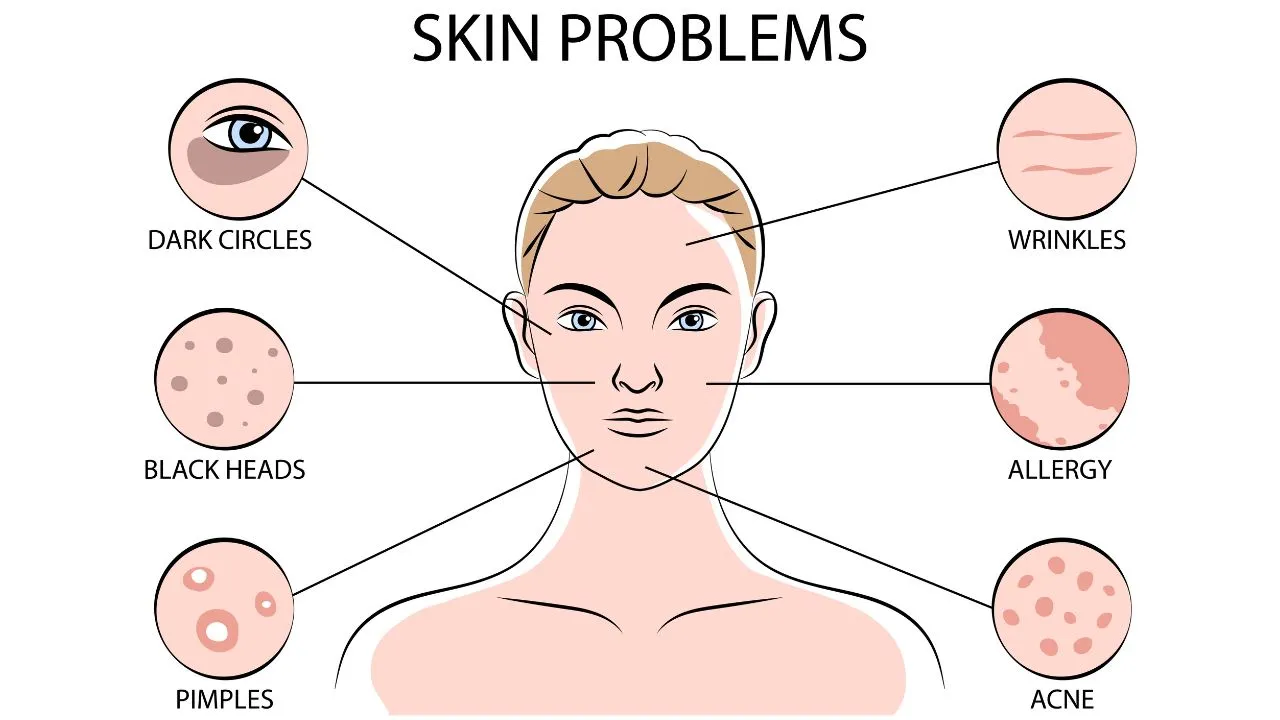Comprehending the Role of Mohs Surgical Procedure in Treating Skin Cancer: A Comprehensive Guide to Dermatology
As skin cancer cells proceeds to be a pervasive health and wellness problem around the world, cutting-edge therapy methods like Mohs surgical treatment are obtaining prestige in dermatology - chemical peel. This medical strategy's precision and high cure rates make it a standout in dealing with specific sorts of skin cancer, specifically basal cell and squamous cell cancers. The following discussion will offer a thorough understanding of Mohs surgery, its procedure, and the function it plays in skin cancer cells therapy, inviting the readers to discover its benefits and post-operative care
What Is Skin Cancer Cells: Types and Occurrence

Unveiling Mohs Surgery: A Thorough Introduction
Given the startling increase in skin cancer cells cases, particularly cancer malignancy, the medical community has established various methods to combat this disease. One such approach is Mohs surgical procedure, called after Frederic E (hair loss). Mohs, the medical professional who introduced it. This medical technique is made to get rid of skin cancer cells layer by layer, taking a look at each layer for cancer cells until only cancer-free tissue stays. Mohs surgical procedure is specifically reliable for treating basic cell carcinoma and squamous cell carcinoma, the most typical forms of skin cancer. It is renowned for its high remedy prices, typically surpassing 98%. The procedure is remarkable for its accuracy, as it intends go to website to protect as much healthy skin as feasible. This makes it an optimal therapy option for cancers in cosmetically and functionally crucial areas.

The Procedure of Mohs Surgical Treatment: Step-by-Step Malfunction
Indisputably, understanding the procedure of Mohs surgery can aid demystify this powerful tool in the battle against skin cancer cells. The process begins with the elimination of noticeable cancerous tissue. The doctor after that removes a slim layer of additional cells and examines it under a microscopic lense. This step sets apart Mohs surgery from typical methods, as it permits instant and detailed assessment of the drawn out next page cells. If cancer cells are identified, the specialist eliminates another layer from the exact same area and repeats the exam. This cycle proceeds up until no more cancer cells are located, making certain the complete elimination of the illness while protecting as much healthy and balanced skin as possible. The injury is then shut and the individual begins the healing process.
Benefits of Mohs Surgery Over Standard Methods
Mohs surgery minimizes the threat of significant scarring, a vital factor to consider provided the frequently noticeable area of skin cancers cells. It provides the advantage of prompt verification of full cancer cells removal, reducing client anxiousness. While even more facility, Mohs surgical procedure is usually a more efficient and patient-friendly strategy to dealing with skin cancer than standard approaches.

Post-Operative Care and Recuperation in Mohs Surgery
Post-surgery, the injury might be left open to recover naturally, stitched up directly, or covered making use of skin from one more area of the individual's body. The selection depends on the size and area of the eliminated skin cancer cells. Routine follow-up visits ensure optimal recovery and capture possible indicators of cancer reoccurrence early.
Conclusion
Mohs surgical procedure is a highly precise and effective approach for treating skin cancer, especially basal cell and squamous site here cell carcinomas. With its special layer-by-layer removal procedure and prompt microscopic examination, it ensures full cancer cells elimination while saving healthy and balanced skin. This makes it particularly valuable for treating cancers cells in cosmetically delicate locations. Post-operation treatment and recuperation are likewise manageable, further strengthening Mohs surgical procedure's role as an ingenious approach in dermatological cancer cells therapy.